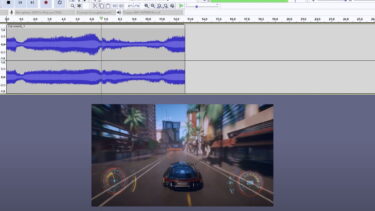Razer gives away a powerful tool for haptics design

Razer is in a gift-giving mood. XR developers can look forward to a powerful free tool for creating haptic effects.
Startup Interhaptics, also known as Go Touch VR, specializes in developing haptic effects. This summer, gaming peripheral manufacturer Razer acquired the French company and is now making one of its software development kits for creating haptic effects for virtual reality available for free download.
Interhaptics is a design tool for audio-to-haptics
The Haptic Composer lets developers create haptic effects for the Meta Quest 2's touch controllers, Sony's Dual Sense controllers for the PlayStation 5, and other Android- or iOS-based devices. It is not known if the Playstation VR 2 controllers will be supported. PSVR 2 will be released in February.
Multi-device compatibility lets developers create effects for multiple platforms at once and try them out immediately. Haptic Composer makes it possible to extract haptic effects from audio tracks such as sound effects in a video game and modify them as desired using a built-in editor.
It can render three different haptic effects: Vibration, Texture or Stiffness. In addition to being able to modify their own effects, developers can also access a library of pre-made effects.
Razer has been working on haptic systems for years
Razer is probably best known as a manufacturer of gaming peripherals since its founding in 1998. The Californian company made its breakthrough with the first high-end gaming mouse, which achieved a resolution of 1000 dpi, almost three times the performance of the competing products at the time.
In addition to conventional gaming hardware, Razer also keeps trying its hand at new technologies. In 2015, the company worked on its VR headset with the OSVR Hacker Dev Kit 1.4. Last year, the smart audio headset Razer Anzu went on sale, which is especially aimed at gamers.
Razer has also been experimenting with haptic sensors for quite some time. In 2018, the company introduced its haptics ecosystem. "HyperSense" was only used in a few devices in the following years, however. With this year's acquisition of the French start-up Interhaptics, HyperSense is to be continued and implemented in new product lines.
Note: Links to online stores in articles can be so-called affiliate links. If you buy through this link, MIXED receives a commission from the provider. For you the price does not change.